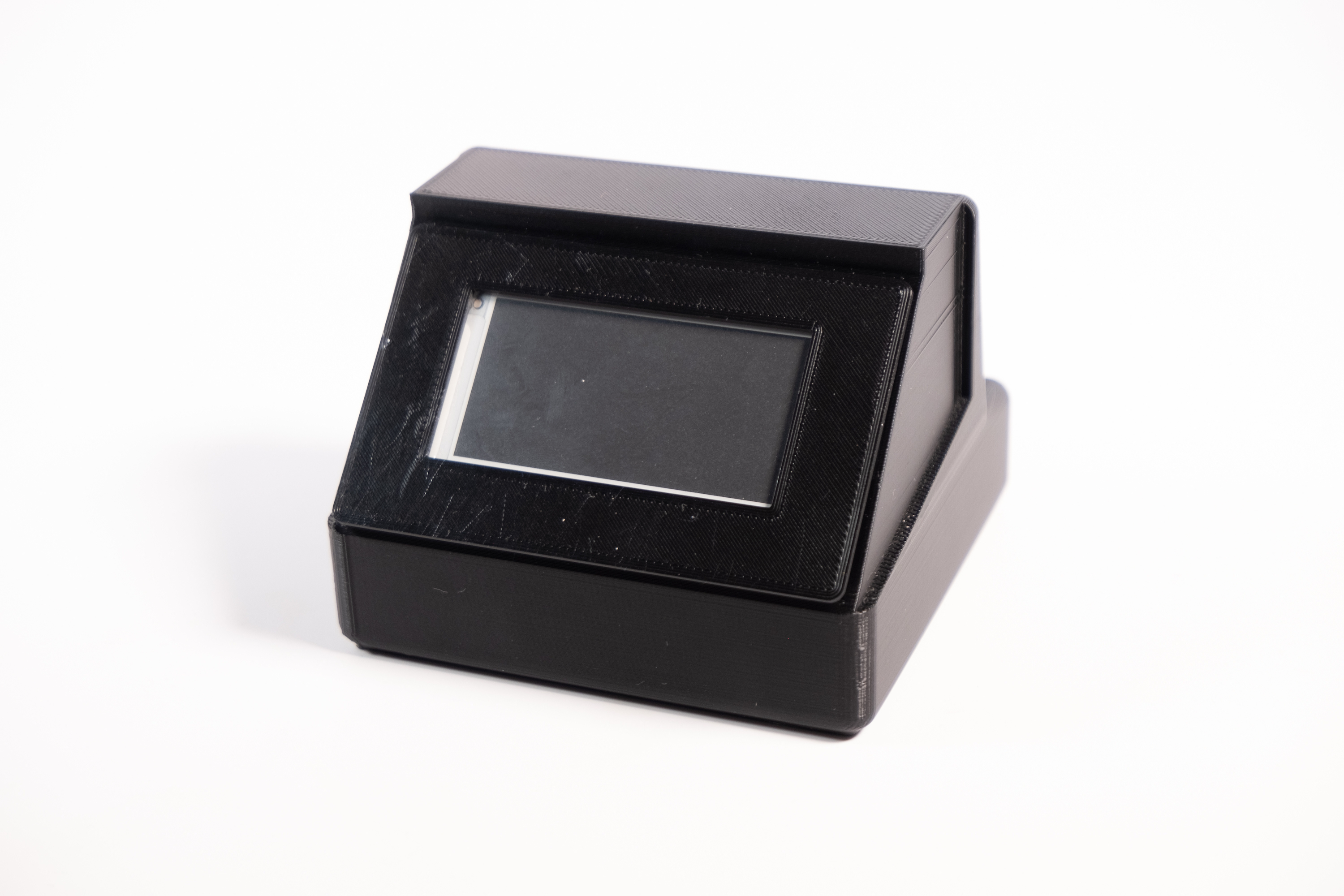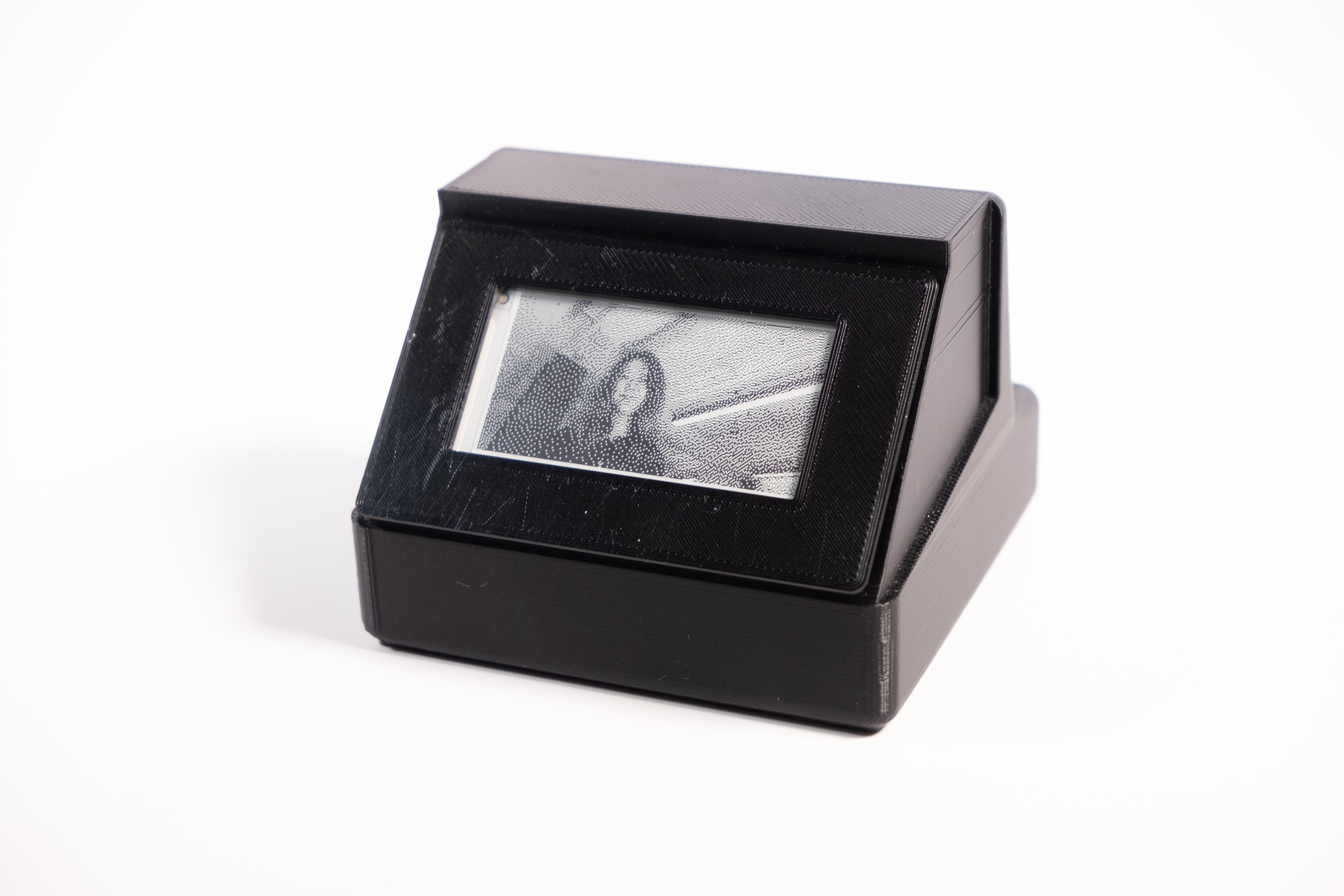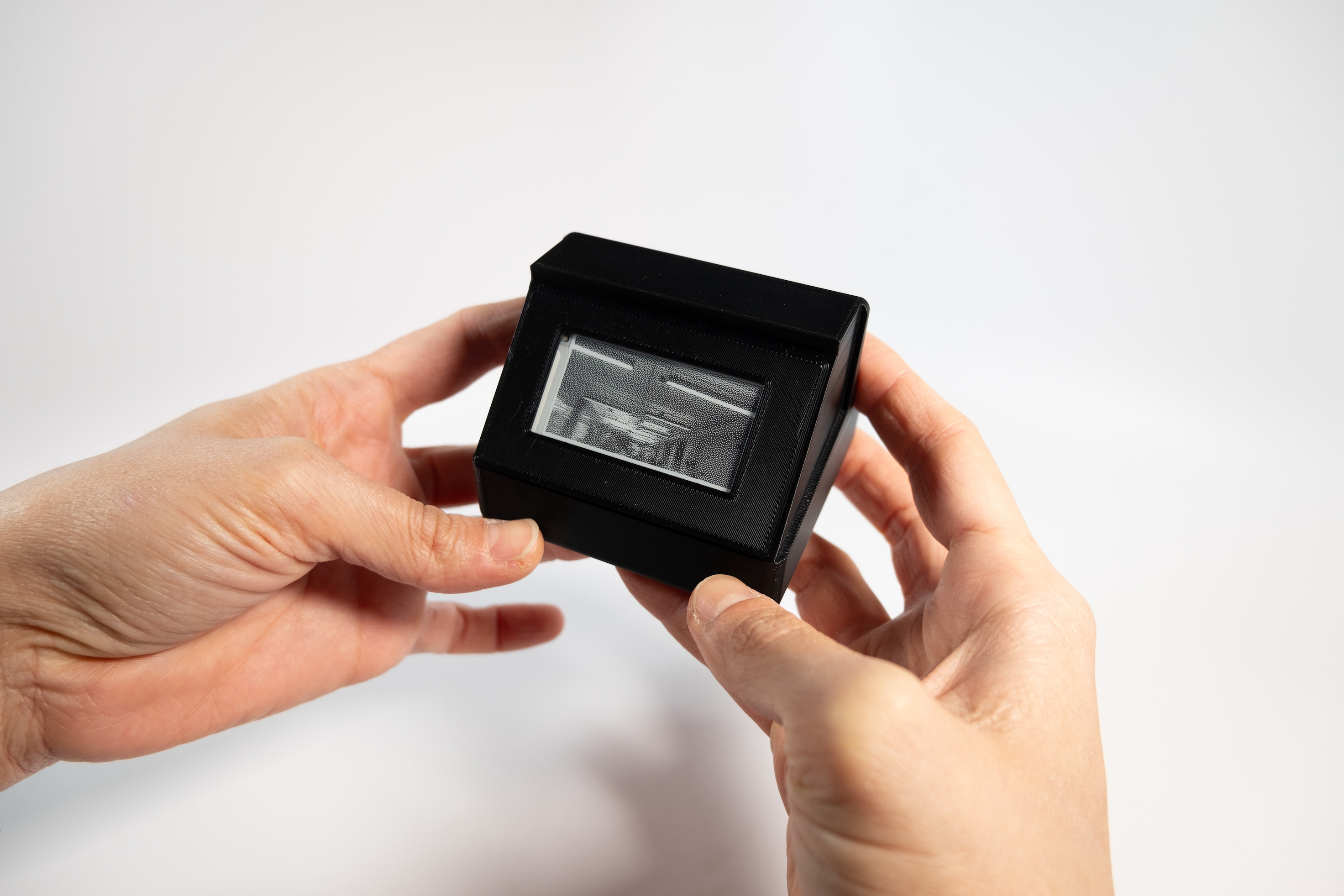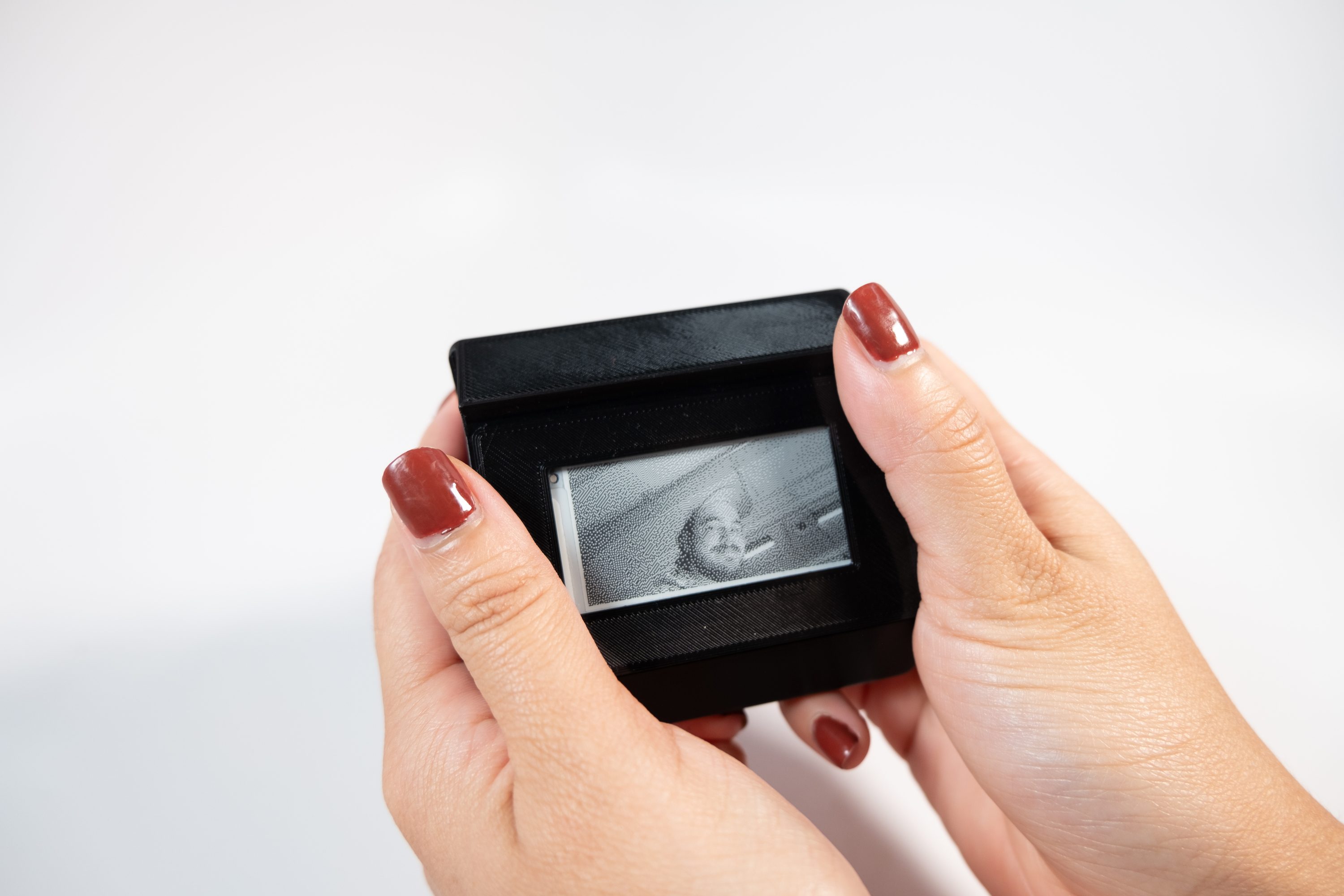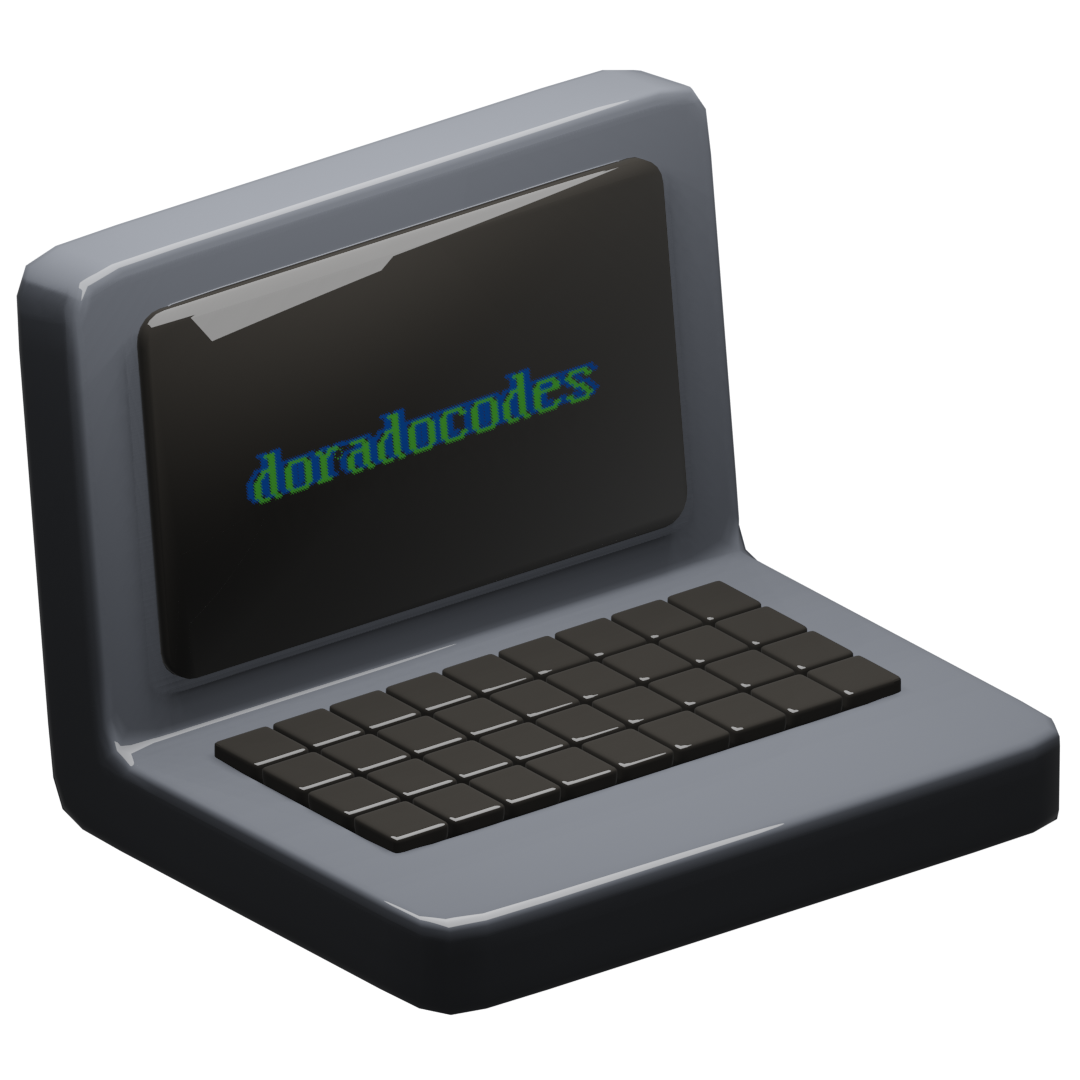Dora Do [engineering / design]
doradocodes@gmail.com
The Un-networked Camera (2024)
The Un-networked Camera is the next series of the Digital-Analog Camera project. Mimicking a Polaroid camera, the Un-networked Camera is a digital camera that prints photos on an e-ink screen.
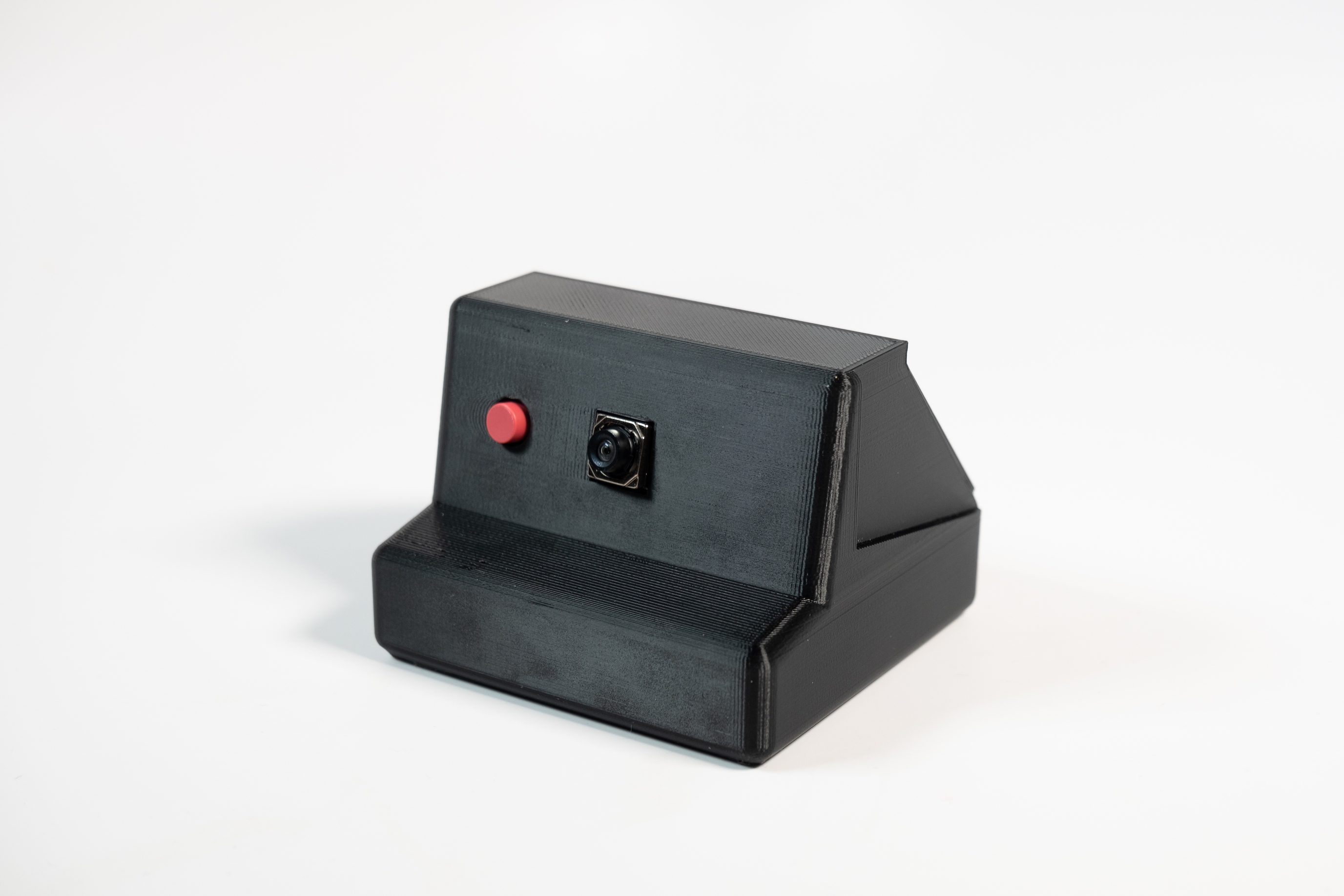
Table of contents
Background
E-ink has always been a really interesting and exciting technology for me, ever since I saw a Kindle for the first time. The matte quality really captured the essence of paper, which was so different from all other kinds of devices at the time. It took me a long time before I was able to have enough money to acquire my own Kindle, and I was obsessed with it. From my original thesis project, my intention with the camera was to replicate the experience of using a film camera, much like e-ink displays attempt to replicate the experience of paper. Therefore, I think it would be interesting to combine the two-—a digital camera that can replicate the experience of shooting with a instant camera. The device would take pictures using the Raspberry Pi camera and display it on the e-ink display. The picture would (likely) stay on the screen until the next image is captured, giving you both a sense of excitement of seeing a photo instantly, but then gives the bittersweet feeling when you realize that you would never see the photo again. Or, perhaps, the images could be stored in the device and you could view those previous images, but only on that device. The idea would be that the photos taken on the camera could only live in the camera and nowhere else, becoming a kind of time capsule.
Technical Details
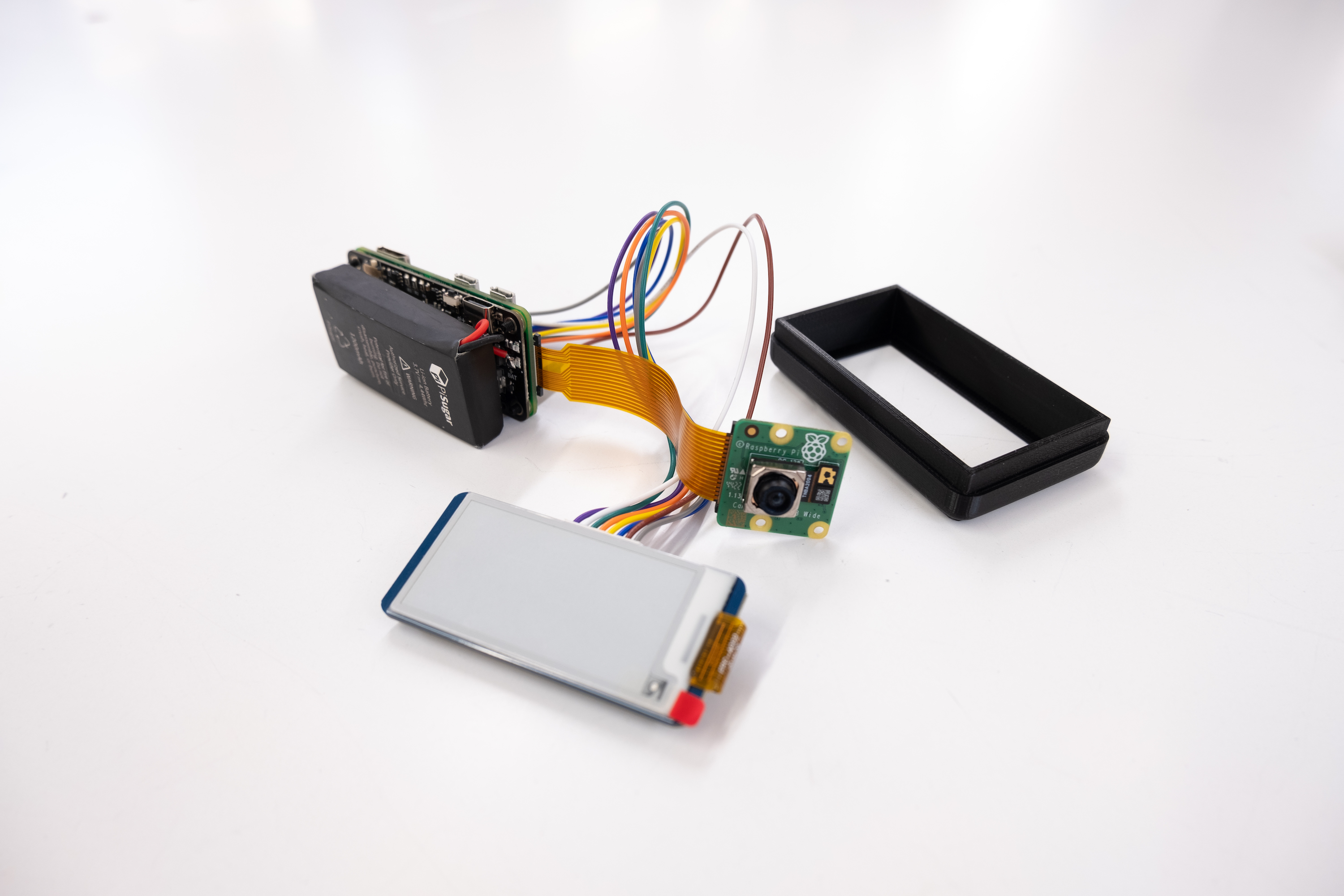
The camera is built using a Raspberry Pi Zero W, a Raspberry Pi camera module, and a 2.13 inch Waveshare e-ink display. It is housed in a 3D printed case that is designed to mimic the look and feel of a Polaroid camera. The camera is powered by a 1200mAh LiPo battery, which is charged via a micro USB port. The Python script runs as soon as the Pi is powered on. It is controlled using a single button, which is used to take photos. Once the image is captured, the image takes a few seconds to appear (or "develop") and is displayed on the screen for 7 seconds before it disappears. The intention is to invoke a sense of anticipation and nostalgia, the prior being the excitement of seeing a photo develop, and the latter being the bittersweet feeling of knowing that the photo will disappear.
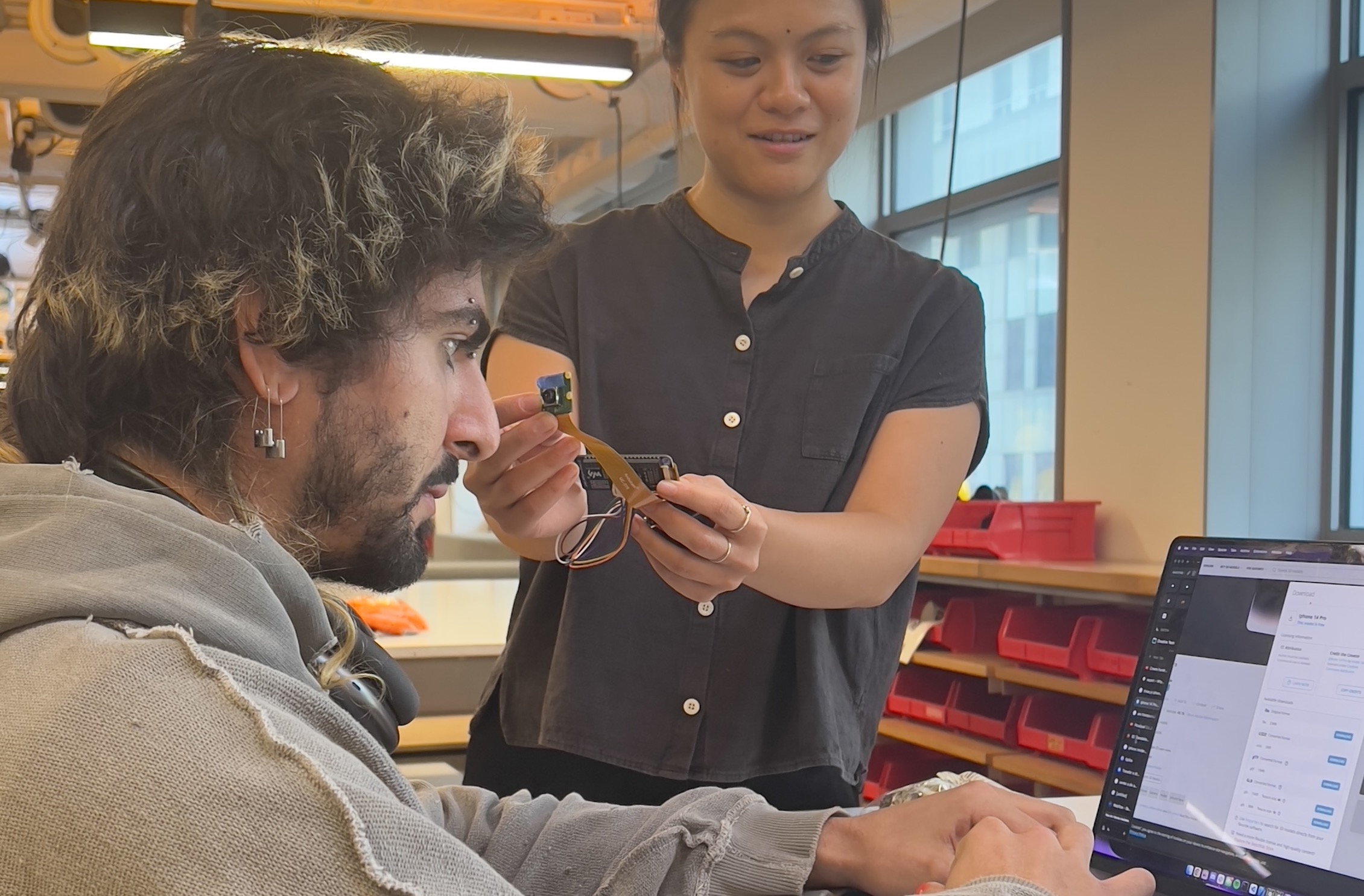
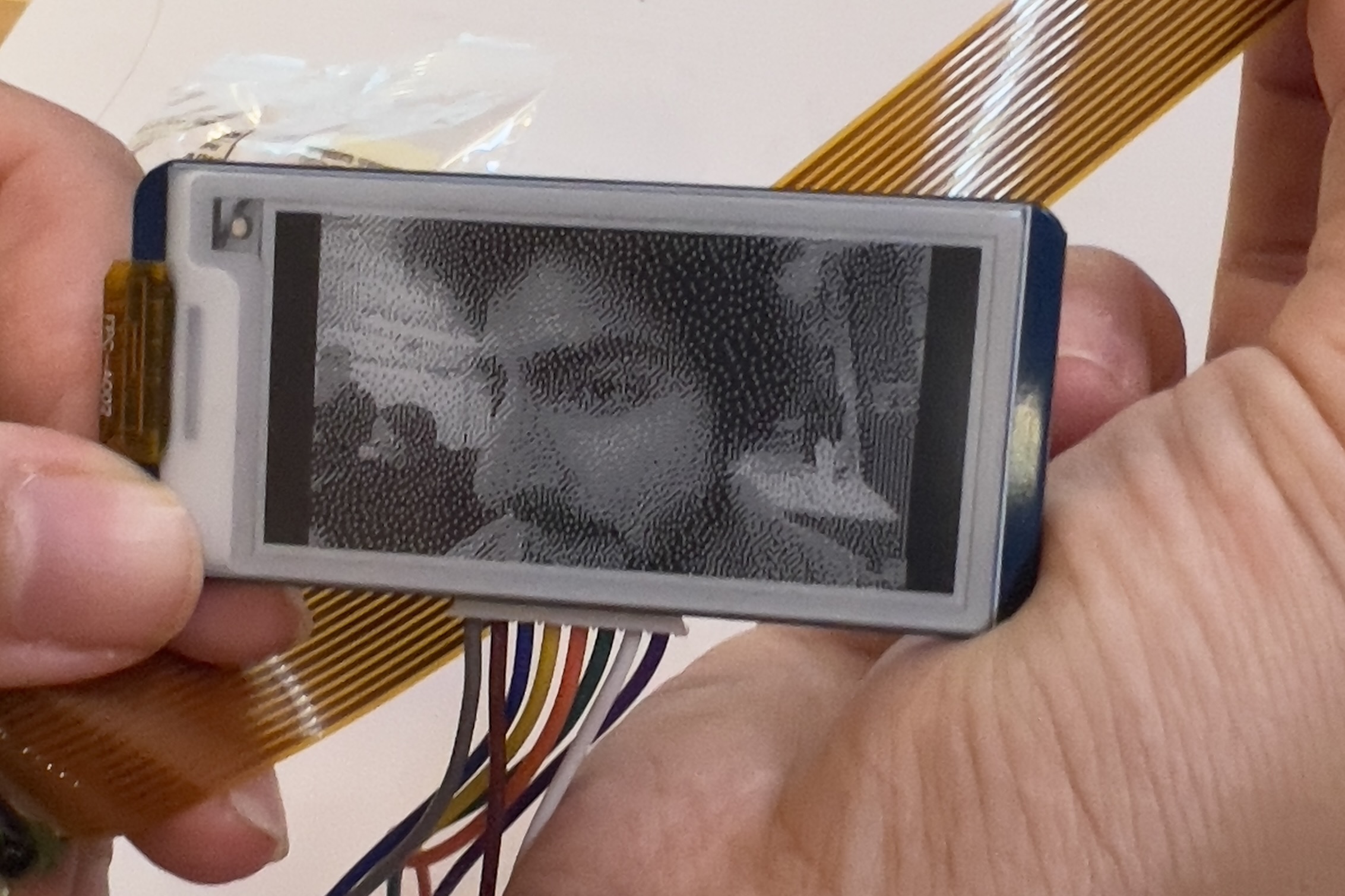
Final Result
